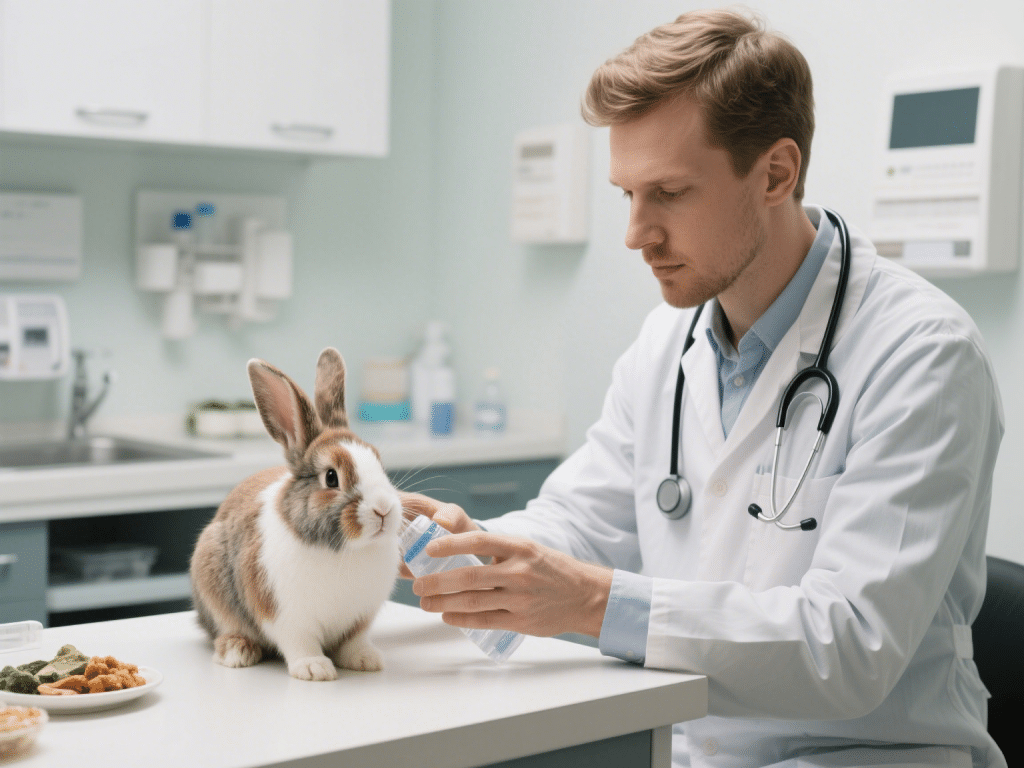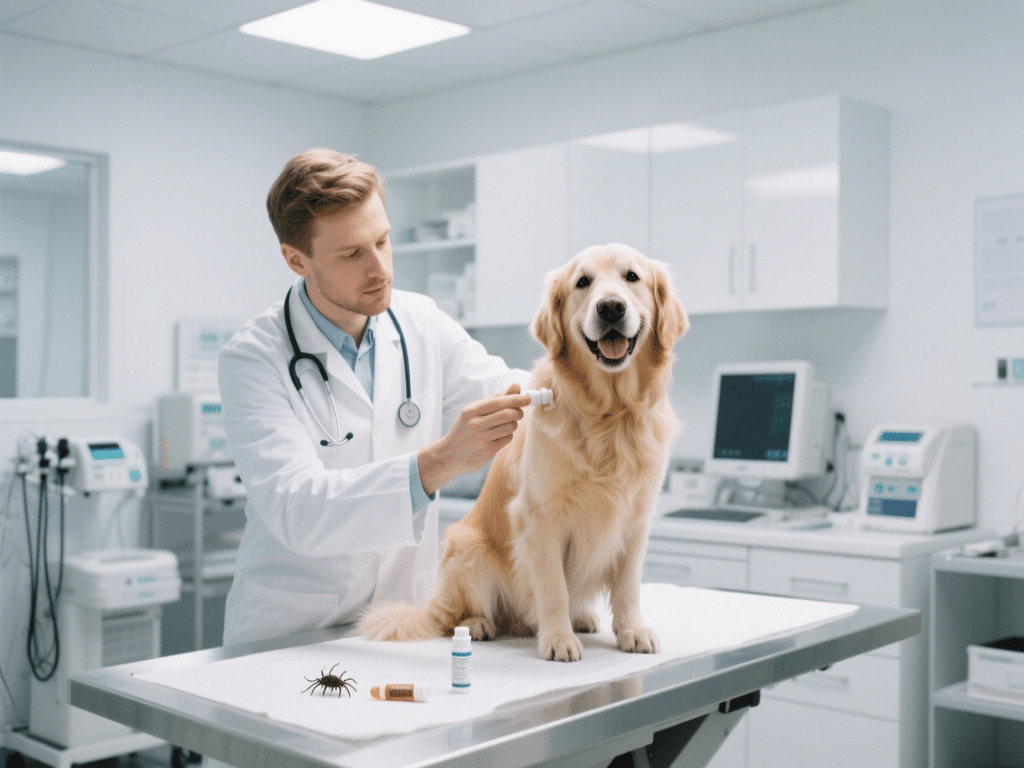Understanding and Preventing Common Reptile Skin Disorders

Reptiles—from bearded dragons to ball pythons—have specialized skin that reflects their environmental needs. As a reptile enthusiast and certified herpetological consultant, I’ve encountered countless cases of scale rot, dysecdysis (improper shedding), and parasitic dermatitis. These conditions often stem from habitat imbalances. Below, I outline how to recognize early signs and institute preventative measures grounded in veterinary dermatology.
1. Scale Rot: Early Detection
Scale rot appears as discolored, soft patches on ventral scales. In advanced cases, bacterial or fungal infections can invade deeper tissues.
Inspection protocol: Perform weekly skin checks—gently part scales and inspect for moisture or discoloration.
Immediate action: Isolate affected reptile; apply dilute betadine soaks (1:10 solution) followed by topical antimicrobial ointment under vet guidance.
2. Optimizing Substrate and Humidity
Substrate choice: Use reptile-safe papers or kiln-dried cypress mulch—avoid cedar or pine, which emit phenols toxic to skin.
Humidity control: Maintain species-specific humidity: e.g., 30–40% for desert species, 60–70% for tropical. Employ digital hygrometers and mist at scheduled intervals.
3. Ensuring Proper Shedding (Dysecdysis Prevention)
Improper shedding leads to retained eyecaps and constrictive skin rings.
Hygiene: Provide a húmed hide box lined with damp sphagnum moss once weekly.
Assistive soaking: Soak lizards for 10–15 minutes in lukewarm water if patches persist, then gently rub loose skin with a damp cotton swab.
4. Nutritional Support: Vitamins and Minerals
Vitamin A deficiency can cause dry, flaky skin prone to tears. Offer gut-loaded feeder insects (e.g., crickets dusted with vitamin-A-enhanced powder) thrice weekly. For herbivorous species, supplement greens with a reptile multivitamin once per month.
5. Parasite Control: Mites and Fungal Invaders
External parasites (e.g., snake mites) cause irritation and secondary infections.
Detection: Look for tiny black dots moving on scales or in enclosure corners.
Treatment: Temporarily remove reptile to a quarantine enclosure. Clean original habitat with a reptile-safe disinfectant and apply veterinary-approved acaricide as directed.
6. Professional Dermatology Consultation
For persistent or severe lesions, seek a reptile veterinarian specializing in dermatology. They may perform skin scrapings, culture tests, or prescribe systemic antibiotics or antifungals.
Conclusion:
Preventing reptile skin disorders hinges on habitat optimization, vigilant observation, and nutritional balance. Integrate these expert recommendations into your husbandry routine to ensure your scaly companions maintain vibrant, healthy skin throughout their lives.






Comments on "Understanding and Preventing Common Reptile Skin Disorders" :